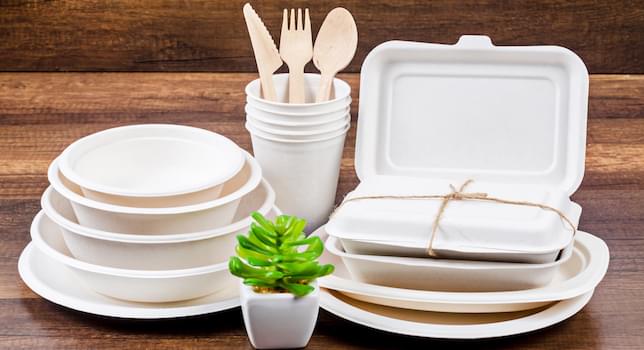
- The fibre-based packaging market is expected to reach $425.4 billion in 2022, and $503.4 billion by 2027
- The largest end use for fibre-based packaging in 2022 will be consumer packaging and this will remain unchanged to 2027
- It is anticipated that coated fibre-based packaging will become more popular, driven by the development of recyclable/ re-pulpable coating products.
Our exclusive content
- This report provides statistical data for the size of the fibre-based packaging market by packaging type, end-use application and regional markets. It forecasts growth over the next five years to 2027
- All types of fibre-based packaging are discussed, with a focus on cartons, corrugated and paper packaging.
- As a more environmentally friendly alternative, FBP has the potential to take market share from plastic packaging
- Fibre-based packaging could hold the potential to disrupt the whole packaging sphere, as a result of the technological advances that are ensuring circularity to the industry
- Major technological advances are being made in developments of new and improved FBP materials which makes them more suitable for a range of end uses, in particular for single use format for food and beverages.
This report is based on extensive primary and secondary research. Primary research consisted of targeted interviews with material suppliers, converters and experts drawn from key markets. This was supported by secondary research in the form of extensive literature analysis of published data, official government statistics, domestic and international trade organisation data, company websites, industry reports, trade press articles, presentations, and attendance at trade events.
About the author
Peter Sorfa began his career at the Research Institute for Synthetic Resins before moving to R&D at a diversified wood processing company. He now runs a private consultancy in speciality wood products and processes, with clients including Commonwealth Development Corporation and International Finance Corporation of the World Bank. He has designed production plants for speciality wood products and specialises in quantitative modelling of processes and systems.
Who should buy the report?
- Paper pulp and paperboard producers
- Packaging converters
- Packaging manufacturers
- Retailers
- Brand owners
- Independent consultants and analysts
Name The Future of Fibre-based Packaging to 2027
Date 12/19/2022
Price
$6750.00
$6075.00


